#extinct in the wild
Text
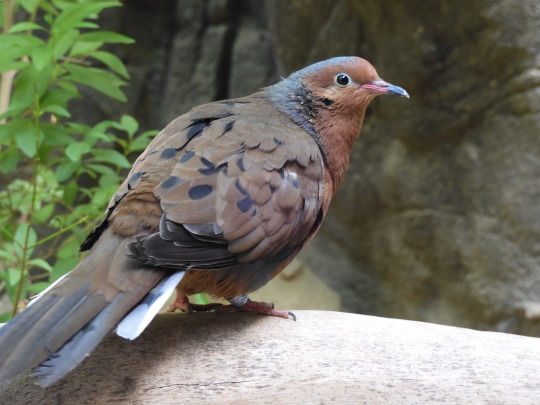

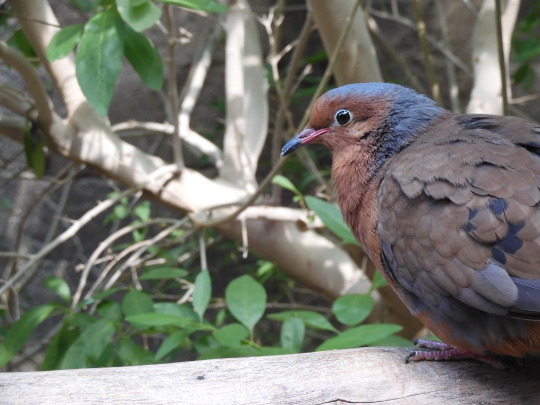
Socorro dove
Burgers' Zoo, Arnhem
261 notes
·
View notes
Text
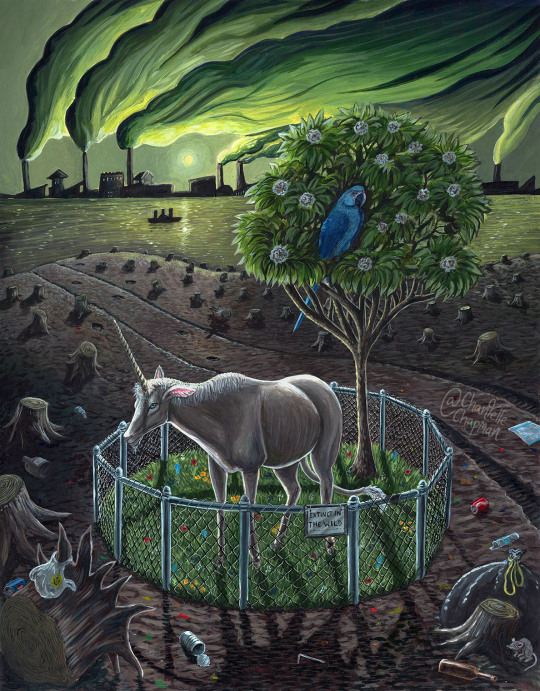
Regret and hindsight are close companions. There never seem to be half so many solutions to a problem as there are after it becomes unsolvable.
The moment the last of a rare animal dies out, countless theories and suggestions spring up of how it could have been saved, if only some simple step had been taken—larger preserves, hunting embargos, breeding programs, relocation.
Ideas that could have saved them. Once. Maybe. Daydreams, incapable of salving the pain of knowing that we were the ones who failed to act when it still mattered.
Each species that falls is transfigured into a mythologized buried treasure, its loss a crime for which we can only fantasize about making restitution, soothing ourselves with what-ifs, and haunted trail-cams, and visions of bio-technological necromancy.
And I can’t help but think, if only we turned half so much effort towards those who are still within mortal reach. The ones for which our actions can still make a difference.
Why do we imagine that we could have saved the world's lost creatures, when we continue to perpetuate the same fatal pressures against those that remain?
Thousands of species are fading away around us, while humanity contents itself with the lucky few that can be preserved in captivity—building natural history dioramas full of living, breathing taxidermy mounts, while the world outside dies.
This can't be good enough.
-
The title of this painting is 'Extinct in the Wild'. It was painted in acrylic on 11x14 Bristol board. It was inspired by the iconic Unicorn Tapestries, and the plight of the Spix's Macaw and all other animals whose natural homes have been made unsafe for them. (Note: this blog supports the important conservation services provided by zoos. )
307 notes
·
View notes
Text

[Photo credits - the ACTP's instagram]
3 days to go until the big day! June 11th, 2022 is the day of release back into their natural habitat for the Spix's macaws (Cyanopsitta spixii) who are currently at the Spix's Macaw Release Center in Brazil. I can't even explain how excited I am, this is incredible! This was originally scheduled for 2021, but because of the pandemic, it had to be postponed. Now, they're preparing to release Spix's back into their wild home in the Brazilian Caatinga! Spix's macaws have been considered extinct in the wild since 2000, the last wild bird being spotted in northeastern Bahia, Brazil.
#!!!!!!!!!!#spix's macaws#cyanopsitta spixii#ornithology#extinct in the wild#wildlife#birds#birblr#birdblr#spix's macaw#blue macaws#psittacidae#psittaciformes#extinction#rio movie#rio 2011#rio 2#rio films
1K notes
·
View notes
Text
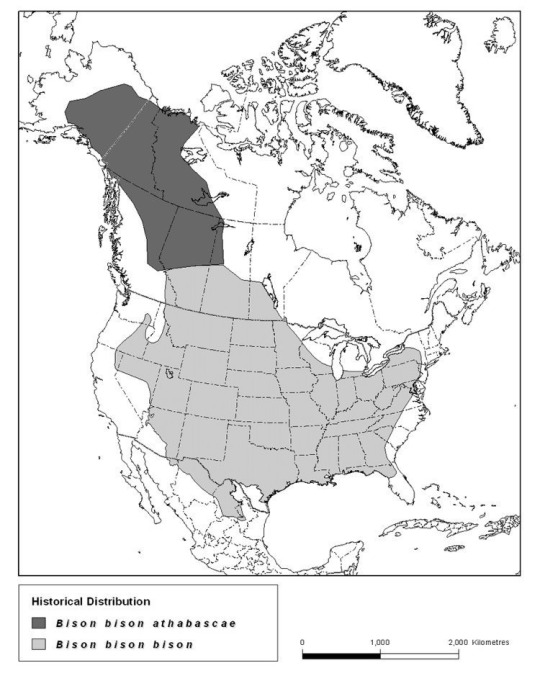
The former range of the American bison
For hundreds of years their habitat was large until less than 300 years ago when large scale colonization started to decline They’re currently depopulated in small amounts throughout their native land 
3 notes
·
View notes
Text
IUCN Highlights
Today’s Highlight: Itatiaia Highland Frog; Holoaden bradei

Status: Critically endangered, possibly extinct in the wild
Causes: Habitat destruction, UV radiation, mining, wildfires, climate change, chytridiomycosis
Habitat: Open grasslands and sparse forests of the Itatiaia mountains in southeast Brazil
Diet: Small insects and invertebrates
Fun Facts: Parents hide their eggs in mulch or moss and guard them, rearing up on their back legs and hissing to scare off predators
#iucn red list of endangered species#critically endangered#extinct in the wild#amphibians#frogs#Itatiaia Highland Frog#Holoaden bradei
11 notes
·
View notes
Photo
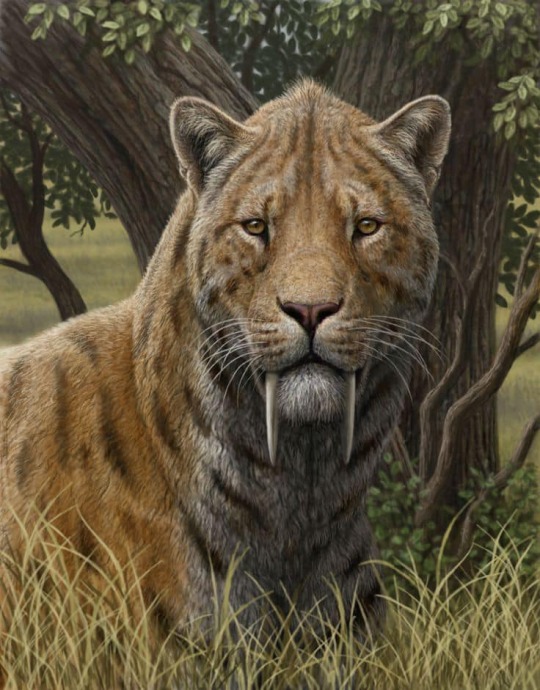
Mauricio Antón
#Mauricio Antón#saber-toothed cats#Illustration#extinct life#extinct in the wild#extinct#artwork#art#Paleoart#paleoartist
14 notes
·
View notes
Text
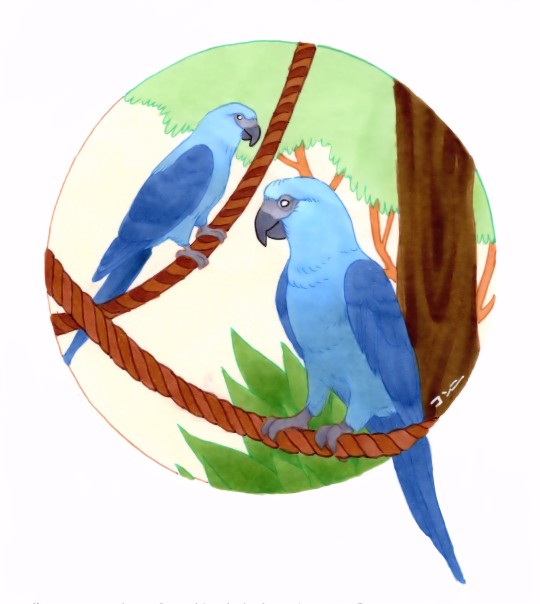
Spix's Macaw Cyanopsitta spixii
extinct in the wild since ~2000
#traditonal art#copic markers#bird art#extinct in the wild#macaw#parrot#spix's macaw#cyanopsitta spixii#Birds Don't Know
231 notes
·
View notes
Text

Ginkgos survived multiple mass extinctions and now they are extinct in the wild
They live by the grace and influence of humans
And it's so so sad
They survived the extinction of their pollinators
They continue to fruit by wind pollination
I love you
#gingko#extinction#humans#functionally extinct#extinct in the wild#ghosts of evolution#missing partner species#trees#life#biodiversity
13 notes
·
View notes
Text

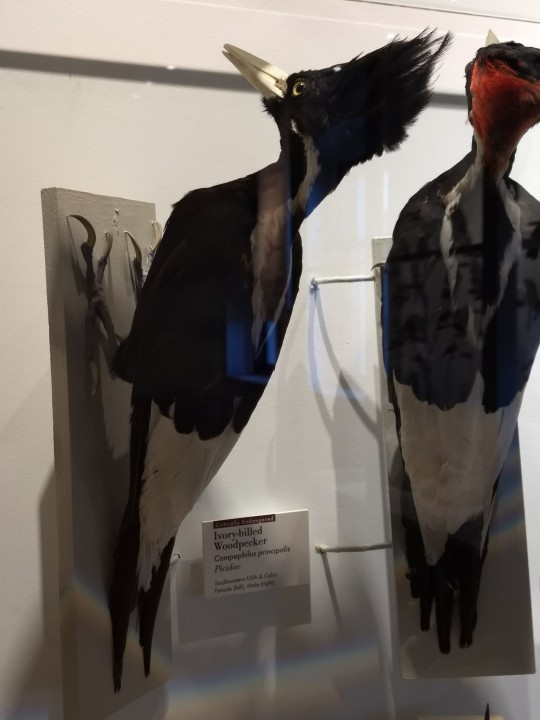
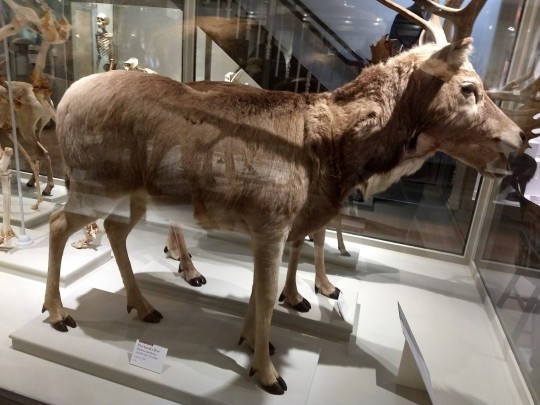
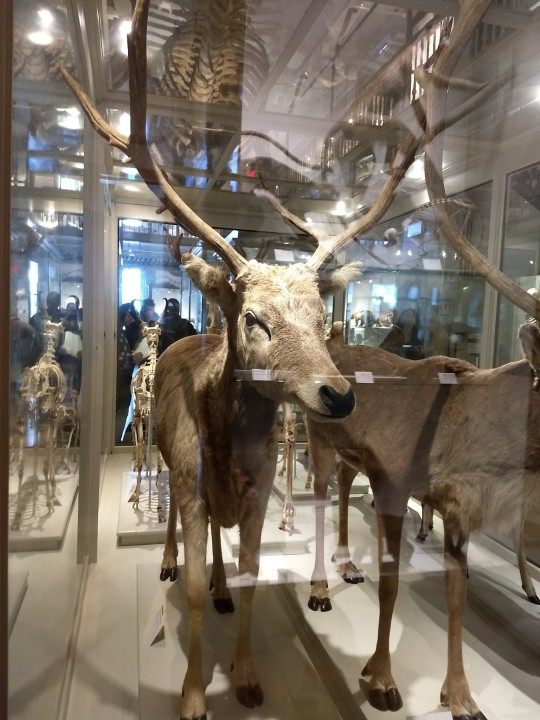
Some taxidermy animals at the Harvard Museum of Natural History that are extinct or close to it. I'll link the Wikipedia articles that I got the info from.
Geocapromys thoracatus is called the South Island hutia on the plaque but otherwise called the Little Swan Island hutia. They declined due to introduced cats in the 50s and Hurricane Janet in 1955.
The ivory-billed woodpecker is considered critically endangered, but likely extinct. Their habit was lost from logging and the last confirmed sighting was in 1944.
The Père David's deer is extinct in the wild, but more than 5,000 individuals survive in captivity, and some are being reintroduced to the wild. After nearly being hunted to extinction, Emperor Tongzhi had the last herd in China until they were killed and eaten by German troops during the Boxer Rebellion in 1900. The 11th Duke of Bedford had a herd in England, and all of the remaining deer are descendants of just 3 of those deer.
#g postin#recently extinct#possibly extinct#extinct in the wild#little swan island hutia#ivory-billed woodpecker#père David's deer#taxidermy
110 notes
·
View notes
Photo
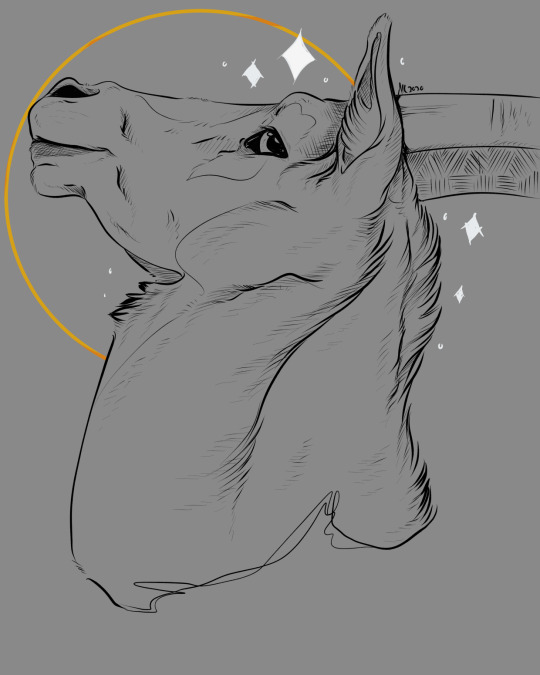
Honey I’m fabulous.
23 notes
·
View notes
Link
The feat is the culmination of a project started in 1979, when a businessman rescued five of the remaining individuals of the species from a forest area that was about to be cleared.
Kept in captivity, these birds and their offspring went on to spawn the nearly 100 Alagoas curassows that exist in Brazil today.
The six birds released in the wild will be monitored with GPS tags to see how well they adapt to finding food and shelter, breeding, and evading predators in the wild; if they succeed, the plan is to introduce three more pairs a year into the wild until 2024.
235 notes
·
View notes
Text
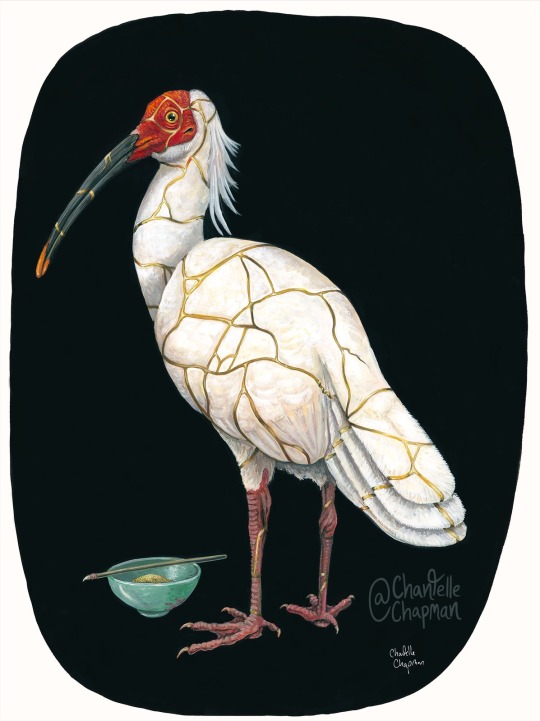
Two hundred years ago, the wetlands of Japan rustled with pink-tinged feathers. Tall, pale birds stepped carefully through reeds and iris, hunting small fish, crabs, and frogs.
Nipponia nippon, it would be dubbed by the national ornithological society, a bird emblematic of its country. The Crested Ibis. The Toki. The Peach Flower Bird.
Marshes slowly changed to rice fields, with farmers who resented the toki for ruining crops; to kill the birds was outlawed, so children chased them from the fields, singing warnings.
The doors of the country were pried open. Laws changed. Farmers bought their first guns, their sights set on birds who were no longer protected. The toki, the red-crowned crane, and many others began to suffer. But the worst was yet to come.
Pesticides are indiscriminate killers. The poison sprayed to kill a beetle can travel up the foodchain, toppling a cascade of larger animals, or affecting their ability to reproduce. It was reckless pesticide use that nearly wiped out the Bald Eagle. In the rice fields, the peach-flower-bird had little chance.
In 1981, Japan’s last five living toki were removed from a wild that had become too dangerous for them.
I tell a lot of sad stories here, about mistakes we’ve made and animals we’ve lost. This isn’t one of those. This is a story about one of those precious times when we were able to fix the things we’d broken.
A joint effort between Japan & China, and the discovery of seven more birds in that country, led to a successful breeding program, which in 2008 saw the first ibises fly free again in Japan. Today, at least 5000 toki exist in the world.
The last wild-born toki, one of those captured in 1981, lived almost long enough to see her species’ return. Reaching the equivalent age of a centenarian human, she died in 2003—not of old age, but injury after throwing herself against her cage door.
Her name was ‘Kin’. ‘Gold’.
Mended things can never be as whole as they once were. There will always be cracks that show, weak spots that remain vulnerable. Yet, like the shining seams of a kintsugi piece, these scars speak an important truth: here is a thing that someone chose to save; handle with care.
The title of this painting is ‘Restoration’. It is gouache on 22x30 inch watercolor paper
#bird art#endangered species#extinct in the wild#toki#crested ibis#extinction stories#series: we try to fix what we’ve broken
4K notes
·
View notes
Text
The Golden Fuchsia: A Case Study in Why Living Collections Matter
The golden Fuchsia (Deppea splendens) is a real show stopper. It is impossible to miss this plant when it is in full bloom. Amazingly, if it were not for the actions of one person, this small tree may have disappeared without anyone ever knowing it existed in the first place. The golden Fuchsia is yet another plant that currently exists only in cultivation.
The story of the golden Fuchsia starts in the early 1970’s. During a trek through the mountains of southern Mexico, Dr. Dennis Breedlove, then the curator of botany for the California Academy of Sciences, stumbled across a peculiar looking shrub growing in a steep canyon. It stood out against the backdrop of Mexican oaks, pines, and magnolias. Standing at about 15 to 20 feet tall and adorned with brightly colored, pendulous inflorescences, it was clear that this species was something special indeed.
A subsequent expedition to Chiapas in the early 1980’s was aimed at collecting seeds of this wonderful plant. It turned out to be relatively easy to germinate and grow, provided it didn’t experience any hard frost events. Plants were distributed among botanical gardens and nurseries and it appeared that the golden Fuchsia was quickly becoming something of a horticultural treasure. Despite all of the attention it was paid, the golden Fuchsia was only properly described in 1987.
Sadly, around the same time that botanists got around to formally naming the plant, tragedy struck. During yet another trip to Chiapas, Dr. Breedlove discovered that the cloud forest that once supported the only known population of golden Fuchsia had been clear cut for farming. Nothing remained but pasture grasses. No other wild populations of the golden Fuchsia have ever been found.
If it was not for those original seed collections, this plant would have gone completely extinct. It owes its very existence to the botanical gardens and horticulturists that have propagated it over the last 30+ years. All of the plants you will encounter today are descendants of that original collection.
The role of ex situ living collections play in the conservation of species is invaluable. The golden Fuchsia is yet another stark reminder of this. If it were not for people like Dr. Breedlove and all of the others who have dedicated time and space to growing the golden Fuchsia, this species would have only been known as a curious herbarium specimen. The most alarming part about all of this is that as some botanical gardens continue to devalue living collections in favor of cheap landscaping and event hosting, living collections are getting pushed to the side, neglected, or even worse, destroyed. We must remember that living collections are a major piece of the conservation puzzle and their importance only grows as we lose more and more wild spaces to human expansion.
Photo Credits: [1] [2] [3]
Further Reading: [1] [2]
67 notes
·
View notes
Photo

The handsome Kihansi spray toad (Nectophrynoides asperginis) is endemic to Tanazania, and is a livebearing frog. Unfortunately, they’re considered extinct in the wild. However, there are several captive breeding programs aiming to reintroduce them to the wild. This specimen is in a facility in Ohio. Image ©2013 John P. Clare
75 notes
·
View notes
Text
IUCN Highlights
Today’s Highlight: Guam Kingfisher; Todiramphus cinnamominus

Status: Extinct in the wild
Causes: Introduced predators in the form of the brown tree snake
Habitat: Terrestrial forests on the island of Guam
Diet: Generalists, with a preference for insects, lizards, and crustaceans.
Fun Facts: These birds defend permanent territories as mated pairs or family groups, with both parents caring for the young and some offspring staying for extended periods.
#iucn red list of endangered species#Extinct in the wild#birds#kingfishers#Guam kingfisher#Todiramphus cinnamominus
0 notes
